2011 has been a year of devastation, hope, surprises and the unimaginable. We saw a nuclear threat triggered by an earthquake and closer to home, witnessed the worst wave of riots in 30 years. After a truly eventful year, join us as we take a look at the biggest events that have had us glued to news reports over the last 12 months. The year kicked off with a wave of popular protests sweeping across the Middle East and North Africa. Millions of demonstrators took to the streets calling on the end of corrupt regimes. Following the protests in Tunisia at the end of 2010, strikes, marches and rallies were held in defiance of other oppressive states across the Middle East and Africa. Fierce responses from authorities, pro-government militias and counter-demonstrators against those supporting regime-change often spiraled into violence. In some countries, massive protests pressured prime ministers and governments into resigning while constitutional reform, respect for human rights, release of political prisoners and economic concessions were granted in others. The Tunisian government was the first Arab regime to fall as a result of the uprisings. In February, Egypt's Hosni Mubarek stepped down after 30 years in power following 18 days of brave protests. In other Persian Gulf states like Saudi Arabia, Kuwait and Bahrain, clashes also ended in deadly violence. So far, the waves of disorder across the Arab world have claimed the lives of an estimated 40,000 people with the Spring still ongoing. Japan earthquake
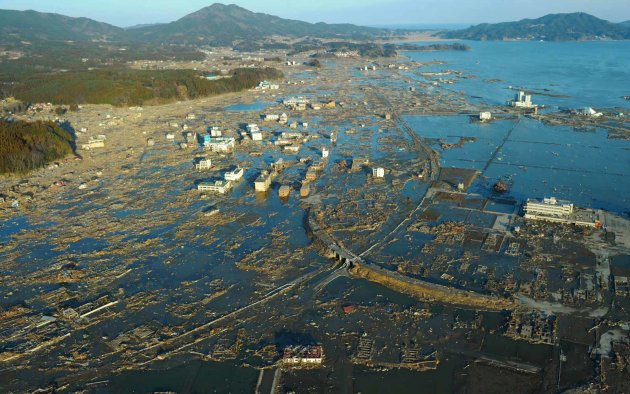
The subsequent tsunami echoed similar devastation to the Indian Ocean earthquake of 2005.
After ten meter-high waves sent residents of the Sendai region fleeing inland, the rest of the Pacific Rim, including Hawaii, California, South America, Canada, Russia, Alaska and the entire US West Coast were put on high alert.
The fourth-biggest earthquake in history killed 15,000, injured 6,000, toppled homes and wrecked important infrastructure and on top of this Japan and the world faced a much bigger threat – a massive nuclear disaster.
The 23-foot tsunami that had rolled through coastal areas in the Fukushima Prefecture had crippled Japan's Fukushima Daichii plant, meaning that the country had to avert a nuclear crisis that was once put on the same scale of Russia's Chernobyl.
Risking nuclear-induced cancers and radiological contamination, 50 technicians working in rotating shifts fought round the clock to assess the damage caused to the reactors spurred on by the earthquake, while other experts worked to cool down Uranium fuel rods. The earthquake and subsequent tsunami ended up causing $157bn worth of damage.
Eurozone CrisisWidespread financial misery is nothing new in Europe. But, the true reality of how bad the situation really shook members of the euro this year.
The fallout took a turn for the worst with Greece, seeing riots in the street and last-minute deals done as the country came close to voting on whether to leave the single currency.
But Greece was far from the only country causing problems. Italy, Spain, and Portugal also saw their governments change as the reality of how much debt they were in hit home.
In August, to rescue the euro, heads of states held more crisis talks. By November, with Greece and Italy in financial turmoil and no solution to the debt crisis, Greek prime minister George Papandreou was ousted in a vote of no confidence and in a shock move, Italian Prime Minister Silvio Berlusconi resigned.
Being part of a single currency has made the matter worse – countries that controlled their own currency like Britain and the US have been able to manage things by slashing interest rates and printing more money.
But in the eurozone, the countries that are worse off can't take those steps so richer nations like Germany had no choice but to bail-out all but insolvent states like Greece – and their voters are far from happy about paying for the mistakes of others.
While the eurozone crisis stepped up a level this year, expect the fallout from years of overspending in a string of European countries to keep causing problems well into 2012 and beyond.
Royal WeddingWhen Clarence House announced in November 2010 that Prince William and Kate Middleton were to wed, Royal Wedding fever spread across the world. In the UK, Friday 29 April was declared a national holiday giving millions a day off work to celebrate the event.
Everything about the event – from the guests, the dress designer and the honeymoon location to who was picking up the bill – dominated the headlines for weeks.
After an exhausting six months leading up to it, and lots of tacky merchandise later, the pair got hitched in front of their guests at Westminster Abbey, as well as an astonishing 300 million TV viewers worldwide.
Another one million people turned up to line the route between Westminster Abbey and the Buckingham Palace.
A new star emerged on the day itself, as Kate's maid of honour and younger sister Pippa wowed the global audience in a figure-hugging dress. Pippa instantly became a household name and has barely been out of the headlines since.
Kate and Will's marriage was sealed with two kisses on the palace balcony and the day was marked with street parties. When it was all over, the newlywed Duke and Duchess of Cambridge jetted of on their honeymoon to a private island in the Seychelles.
Osama bin Laden killed
On seeing "Osama bin Laden is dead" on Facebook and Twitter statuses through bleary eyes on a May Bank Holiday Monday morning, it all seemed like a practical joke. But as the news was confirmed, crowds gathered at Ground Zero in New York and around the White House to rejoice while in Asia, bin Laden's fundamentalist supporters wept.The world's most-wanted man had been hunted by special agents for ten years. He hadn't been hiding in a mountainous area like many imagined, but had been living in a secret compound near Abbottabad, in Pakistan.
According to the Pentagon, US forces had killed him by shooting the elusive Taliban leader,54, in the head during a raid. A photo released by the White House showed US President Barack Obama and top officials watching nervously as the whole operation unfolded.
Despite the welcome news for many, people wanted verification that the man who was responsible for 3,000 deaths in 9/11 terror attacks, was definitely dead.
Conspiracy theorists took to the blogosphere demanding to see dead Osama pictures, but his body had already been buried at sea in a Muslim ceremony onboard a US aircraft carrier.
Without proof, some remain sceptical and hackers took advantage of the news by faking dead Osama bin Laden photos through dodgy Web links to gain access to personal information.
NOTW shutsFollowing a string of claims that journalists from Britain's best-selling Sunday newspaper had been hacking the phones of innocent people for exclusives, the News of the World felt a fierce public backlash in 2011.
In July, the scandal took a turn for the worst as it had emerged that Milly Dowler's phone could have been hacked and voicemails deleted after she died – giving real hope to her family that she was alive and proving detrimental to the murder case.
With as many as 7,000 victims of phone hacking to answer for, the scandal grew deeper. Allegations that phones of relatives of British servicemen and 7/7 London attack victims had been hacked saw companies like O2, Vodafone and Tesco pulling their advertisements from News of the World.
As a response to the growing scandal, media mogul and News International chairman Rupert Murdoch pulled the plug on the paper and announced that 10 July would be the last day of publication in 168 years.
The final edition of the paper signed off with headline "Thank you and goodbye" and included an apology. The writers, editors, photographers and administrative staff of the paper – most of whom had either not been involved or joined the paper after phone hacking had stopped - lost their jobs
Norway massacre
In July, Norwegian right-wing extremist Anders Behring Breivik, 32, rocked a quiet and peaceful nation. Breivik's killing spree started after he detonated a bomb outside the office of the Prime Minister in Oslo, before going on a gun rampage at a youth camp on the secluded island of Utoya while dressed as a police officer.The slaughter claimed 77 peoples' lives with 151 injured, making it the deadliest day of terror in Western Europe since the Madrid train bombings in 2004.
It is believed the cold-blooded killer had been preparing for the attacks since 2009. Amid all the tragedy and confusion in the aftermath of the bloodshed, the world was touched by the heroic stories of rescue from the day's events.
Several survivors of the massacre told of how they saved the lives of terrified teenagers by picking them up from the island and ferrying them across to another to safety. Breivik is currently being tried for the killings in Norway
UK riotsWhen police shot North Londoner Mark Duggan in early August, a peaceful march held in Tottenham turned sour as people took part in the worst street riots since Brixton in 1981.
Civil unrest spread through London like wildfire as youths in other areas took to BlackBerry messenger and social networks to arrange the rioting. Four days of violence saw 16,000 police officers deployed across London to quell the disturbances. Five lives were claimed during the disorder, fires raged across the capital, people lost their homes and livelihoods, businesses and offices were shut early in fear that they would be ransacked.
On Monday 9 August – tipped to be the worst night of violence – as a heavy police presence remained in the capital, copycat rioting spread to towns and cities across Britain. Manchester, Birmingham, Bristol, Wolverhampton,
Leicester and Salford all witnessed with similar disturbances.
Amongst all the terror caused by the rioters, people pulled together and turned out to volunteer in clean-up campaigns. Armed with brooms, binbags and rubber gloves, Mancunians and Londoners got stuck in helping clean up the damage caused by the rioters. In an emergency meeting chaired by David Cameron warned that: "Justice will be done and these people will see the consequences of their actions."
So far, more than 3,000 people have been arrested and over six hundred sentenced.
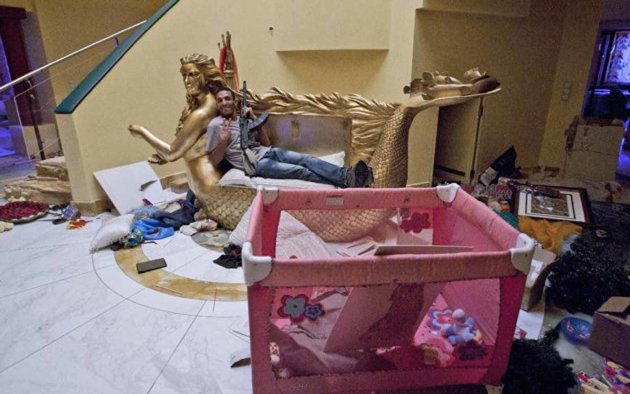
Gaddafi's death
The 2011 Libya conflict which began in February ended with the capture and killing of former dictator Muammar Gaddafi. It all began with peaceful protests, in a similar fashion to the other North African countries that took part in the Arab Spring, before growing into a full-blown civil war.Gaddafi loyalists and rebel forces battled one another from towns to cities. With Nato forces intervening to help the rebel resistance and liberate Libya, the National Transitional Council was formed to act as the 'political face of the revolution'.
By August it was clear that Gaddafi – who had gone into hiding – was losing to rebel forces on both Libya's battlefields and in the diplomatic struggle. Rebel forces had claimed Gaddafi's compound in Tripoli – as seen by photographs of rebels sprawled across his bed and riding around his famous golf buggy.
In October, as news broke that Colonel Gaddafi was wanted for war crimes, rebels caught up with the former dictator in Sirte ending the tyrant's 42-year reign over Libya.
The NTC confirmed that fighters had shot Colonel Gaddafi dead, with shocking footage of his last moments later emerging. It was believed he was captured as he tried to flee in a convoy that was attacked by NATO.
Occupy protestsInspired by the Arab Spring, in September a protest movement against economic and social inequality and corporate greed originated in North America and spread to 82 other countries.
Supporters of the Occupy movement set up camps in the financial districts of towns and cities. In New York, protesters and NYPD officers battled it out as demonstrators attempted to occupy Wall Street.
In London, the London Stock Exchange was out of bounds following disruption from the rallies. St Paul's Cathedral became the focal point of the movement because as activists set up their tent city,
Graeme Knowles, the dean of the world-famous place of worship, and Canon Chancellor Giles Fraser ended up resigning as a result of the anti-capitalist protests. In late November, it was announced that Occupy supporters in London had also taken over an abandoned building belonging to Swiss banking giant UBS in Hackney as one of three of their bases across the capital.
Then fresh protests in New York's Zuccotti Park turned sour after protesters including an 82-year-old woman and pregnant mother-to-be were pepper-sprayed by cops. While the motives for those protesting is split internationally, many chose to unite for the cause by wearing the iconic 'Guy Fawkes' mask originating from Alan Moore's novel 'V for Vendetta'
www.keralites.net         |
To subscribe send a mail to Keralites-subscribe@yahoogroups.com.
Send your posts to Keralites@yahoogroups.com.
Send your suggestions to Keralites-owner@yahoogroups.com.
To unsubscribe send a mail to Keralites-unsubscribe@yahoogroups.com.
Homepage: www.keralites.net
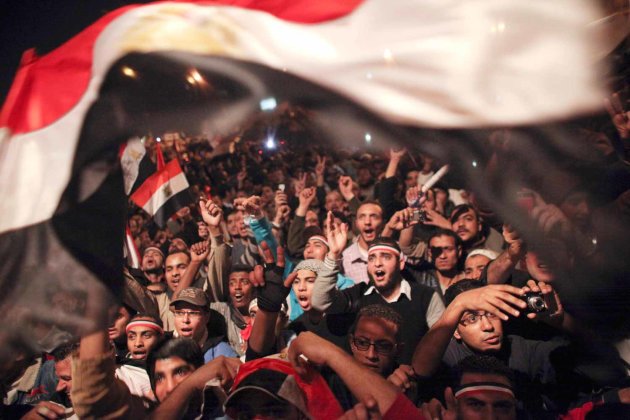
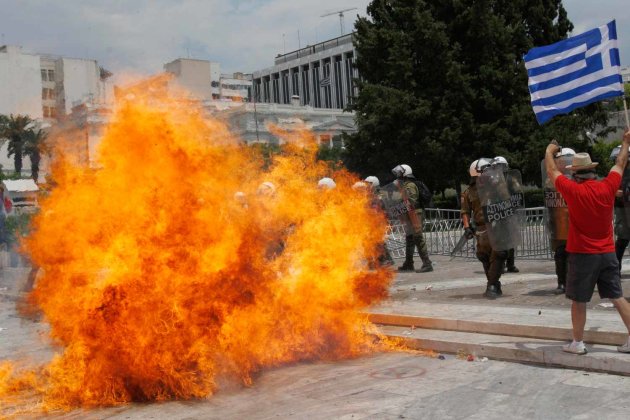
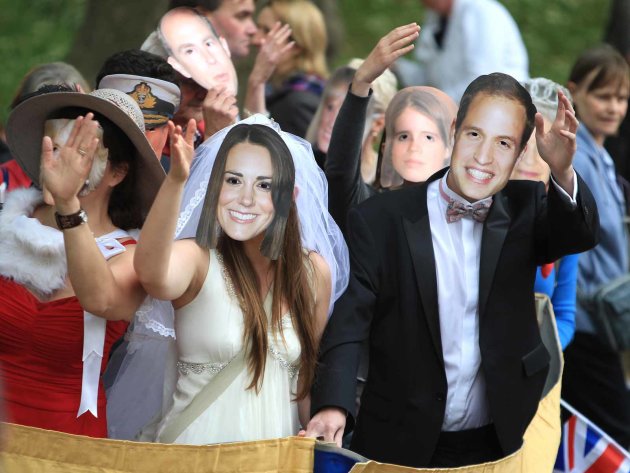
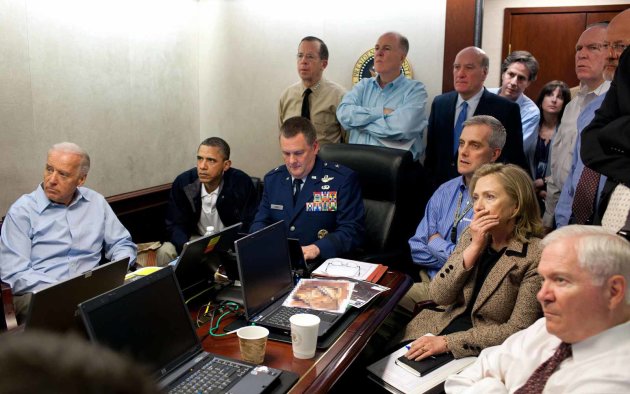

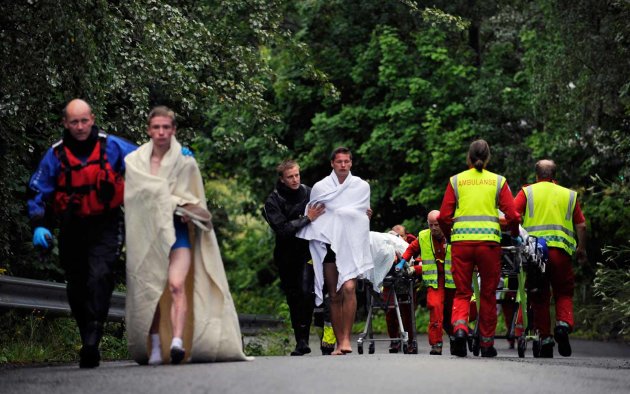
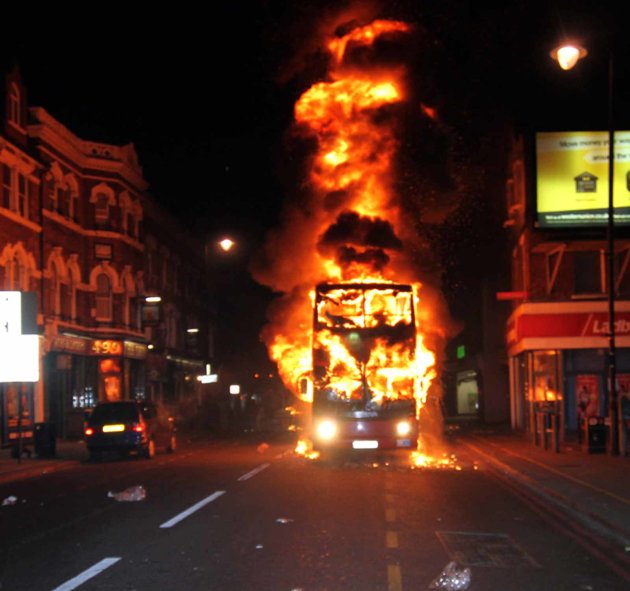
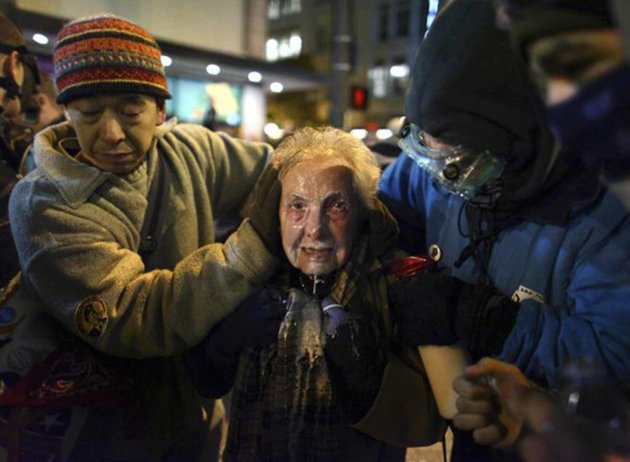
No comments:
Post a Comment